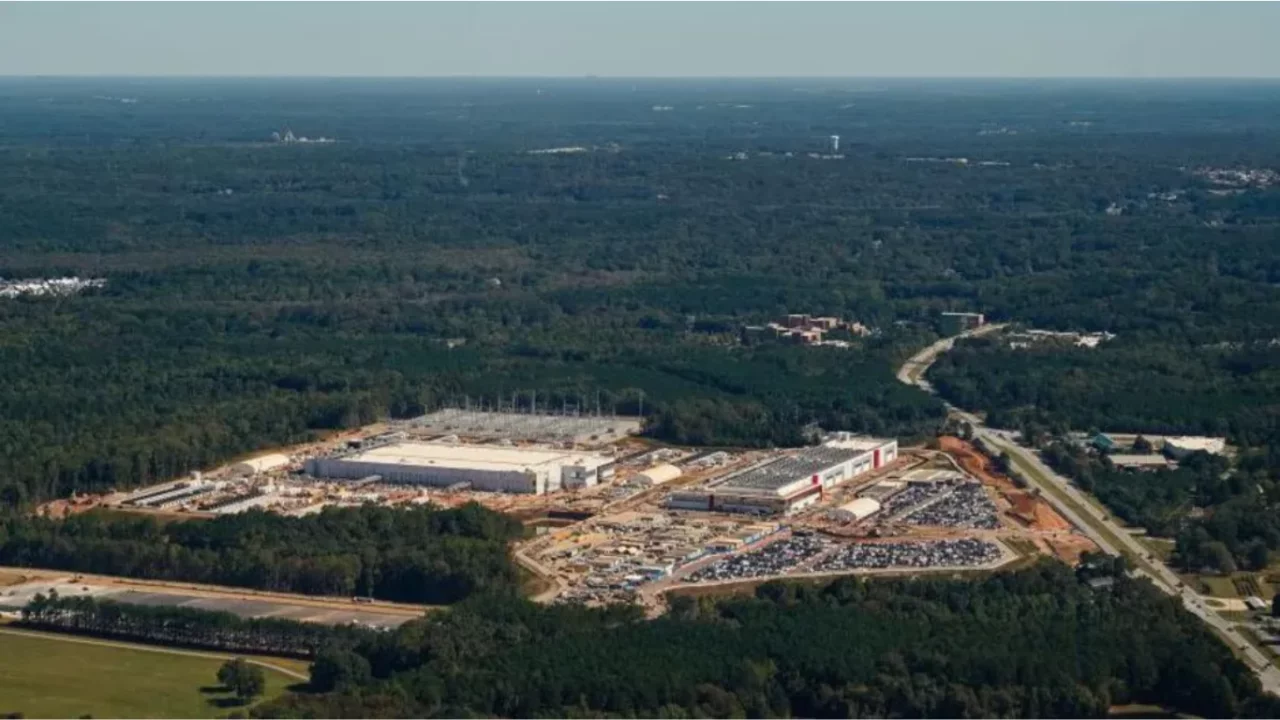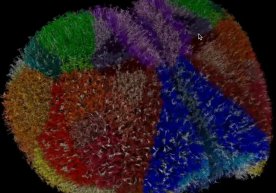
In recent years, artificial intelligence and digital technologies have been rapidly developing. Behind them are huge technological infrastructures – data centers. These centers ensure the continuous operation of internet banking and AI services such as ChatGPT. However, this technological power also reveals its hidden negative impacts – water scarcity and environmental issues.
Beverly Morris, a retiree living in the small town of Mansfield, Georgia (USA), had planned to begin her dream life in peace and harmony with nature. But a few years later, a large data center built by Meta (owner of Facebook) started operating just 400 meters from her home.
As a result, Morris’s only water source – her well – became filled with mud and sand, making it unusable. Now, she has to flush the toilet using water brought in buckets. The water pressure is low and it’s not suitable for drinking.
Meta denies being responsible for this problem. They claim to have conducted an independent investigation showing the water system was not harmed by the data center's operations. However, Beverly and her neighbors think otherwise.
We often imagine “cloud technology” as something virtual. But these “clouds” live in real facilities – over 10,000 data centers around the world. The majority are located in the United States, the United Kingdom, and Germany.
As demand for artificial intelligence, cloud storage, and digital services increases, the number of these centers is growing rapidly. As a result, environmental issues, especially water consumption, are becoming increasingly urgent.
High-performance servers need to be cooled – this requires millions of liters of water. On hot days, a single data center uses an average of 11–19 million liters of water per day.
Studies suggest that AI-based data centers could consume 6.46 trillion liters of water globally by 2027.
Leading tech companies like Amazon Web Services (AWS) are taking this issue seriously. AWS is proposing solutions such as reducing water use, using rainwater, and recycling wastewater. Their goal is to return more water to natural basins and communities than they consume by 2030. Read “Zamin” on Telegram!
Ctrl
Enter
Found a mistake?
Select the phrase and press Ctrl+Enter Related news
Information
Users of Меҳмон are not allowed to comment this publication.
Users of Меҳмон are not allowed to comment this publication.













